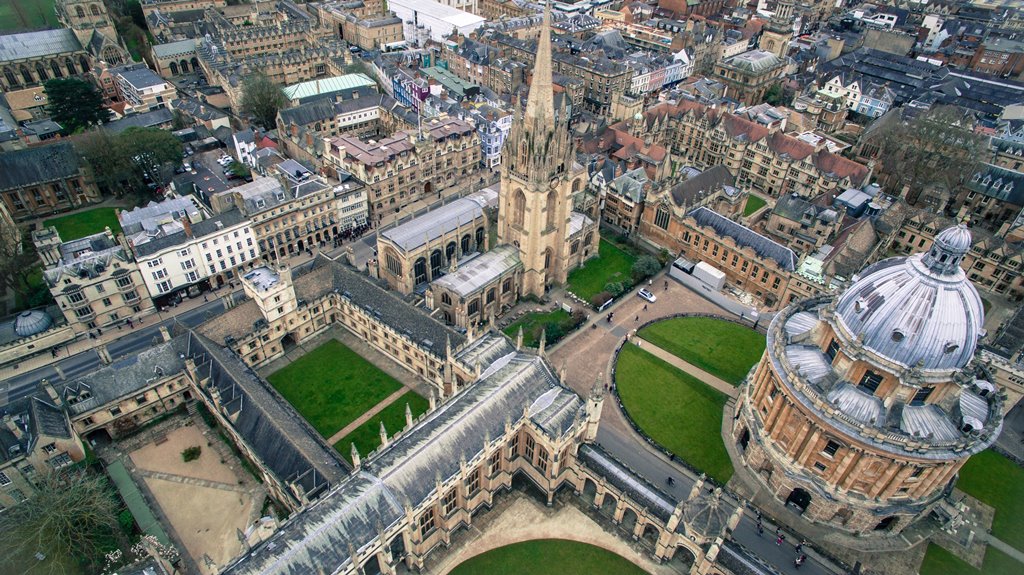Advancing Alzheimer’s disease research, the National Institutes of Health (NIH) has assigned $3,720,828 funding to a team of researchers from the University of Pittsburgh. This amount will be used to create advanced MRI technology.
The MRI technology will allow the team to investigate the connection between small vessel disease (SVD), cerebrospinal fluid (CSF) clearance and preclinical Alzheimer’s disease.
The team led by Tamer Ibrahim, professor of bioengineering at Pitts Swanson School of Engineering, will employ a powerful, ultra-high-field 7 Tesla magnetic resonance imager (7T MRI). This device was recently approved by the FDA for clinical applications, in conjunction with the next generation, Tic Tac Toe radiofrequency (RF) antenna technology developed in Swanson School of Engineering at Pitt.
Ibrahim will be assisted in the research by MPIs Howard Aizenstein, Charles F. Reynolds III and Ellen G. Detlefsen Endowed Chair in Geriatric Psychiatry, and Ann Cohen, assistant professor of psychiatry.
Alzheimer’s disease is an irreversible, progressive brain disorder that slowly destroys memory and thinking skills and, eventually, the ability to carry out the simplest tasks. It is most common in older people and a leading form of dementia, currently, there are no effective treatments for the disease.
According to Ibrahim, Alzheimer’s disease is one of the leading causes of death in the United States. This is the reason the team was formed to develop advanced imaging techniques that can help researchers better understand the underlying mechanisms relating to small vessel disease and Alzheimer’s disease.
The bioengineering professor also added that he is hopeful the research will lead to the identification of new prevention and treatment for the disease.
Alzheimer’s research with Tic Tac Toe device
This multinational team will conduct further research on the development of the next generation Tic Tac Toe 7T MRI device, a collection of antennas that aim to image the human head and neck at unprecedented temporal and spatial resolutions.
Ibrahim runs the Radiofrequency (RF) Research Facility and the 7T Bioengineering Research Program which includes experimental and human studies with a whole-body 7T MRI.
This is one of the strongest human MRI devices in the world and a powerful imaging tool that allows researchers to gain a far better understanding of brain structure and function.
He further explained that using the stronger magnetic fields in a 7T MRI along with state-of-the-art antenna and MRI technology will allow for imaging at a greater resolution, which could reveal more detailed information about pathways linking SVD and CSF flow path physiology to Alzheimer’s disease.
Other attempts at this innovation
Researchers at Monash University have previously launched a new hope for diagnosing and treating Alzheimer’s disease. The study, led by Professor Jose Polo, tried to treat the disease by focusing on how individual cell types in the brain contribute to Alzheimer’s disease.
Although, not totally successful the innovation wasn’t able to achieve the objective it was set up for.
Chinese biotech startup also attempted by creating a new plant-based compound that it claims improves cognitive function in Alzheimer’s patients by altering their gut microbiomes.






